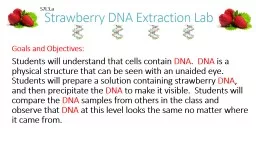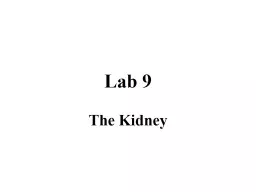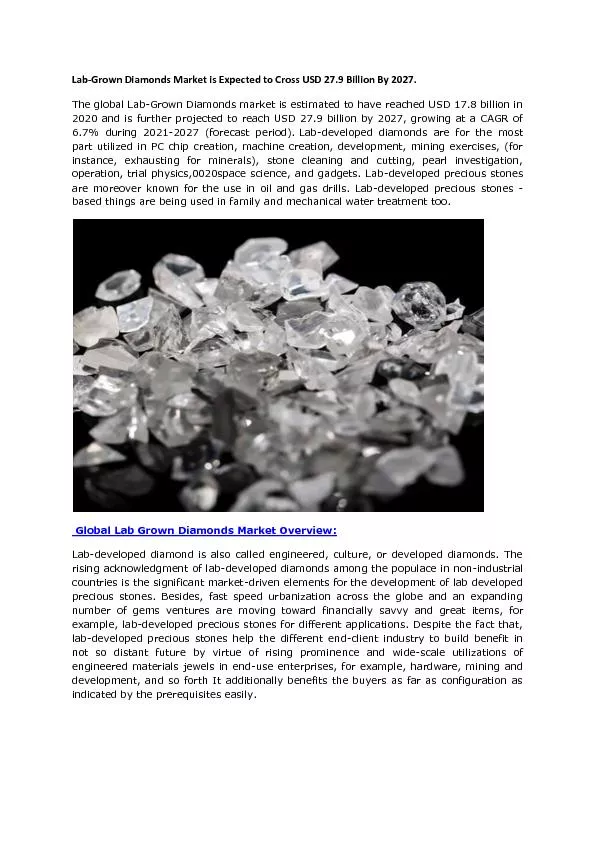PPT-Lab Activity 6
Author : myesha-ticknor | Published Date : 2016-08-04
Effect Of Heat amp pH On Color amp Texture Of Green Vegetables IUG Fall 2012 Dr Tarek Zaida Background Color is extremely important to the perceived quality
Presentation Embed Code
Download Presentation
Download Presentation The PPT/PDF document "Lab Activity 6" is the property of its rightful owner. Permission is granted to download and print the materials on this website for personal, non-commercial use only, and to display it on your personal computer provided you do not modify the materials and that you retain all copyright notices contained in the materials. By downloading content from our website, you accept the terms of this agreement.
Lab Activity 6: Transcript
Download Rules Of Document
"Lab Activity 6"The content belongs to its owner. You may download and print it for personal use, without modification, and keep all copyright notices. By downloading, you agree to these terms.
Related Documents














